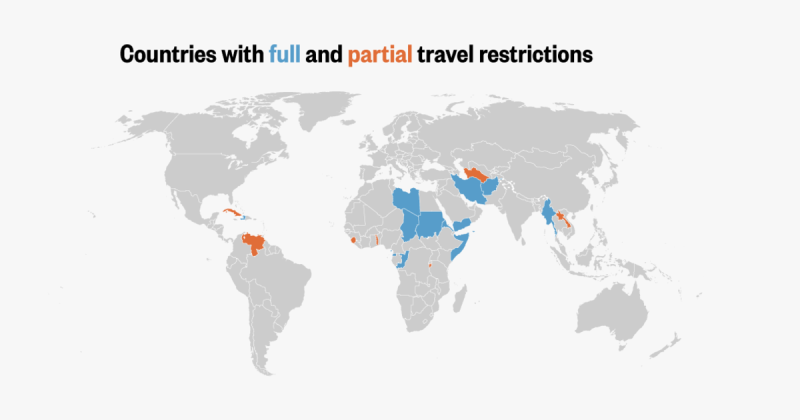
President Donald Trump’s recent proclamation restricting entry to the United States for nationals from 19 countries has reignited a highly controversial debate. This new travel ban, echoing similar restrictions from his first term, targets many of the same nations, raising questions about its scope and impact.
The State Department’s data reveals that nearly 140,000 visas were issued to travelers from these 19 countries during fiscal year 2023. Venezuela saw the highest number of visas issued, highlighting the varied effects across the targeted nations. The majority of these visas were for tourism and business purposes, indicating the potential impact on these sectors.
The administration justified the restrictions by citing security and terrorism concerns, specifically alleging high rates of visa overstays among nationals from some of the affected countries. However, data from the Department of Homeland Security presents a more nuanced picture. While some countries like Eritrea did show high overstay rates, the absolute numbers involved were relatively low compared to other nations like Mexico, India, or Brazil.
This discrepancy underscores the complexity of evaluating the travel ban’s effectiveness. While the stated aim is to enhance national security, the actual impact on visa overstays may be minimal compared to the overall number of visa applications processed and approved. The ban’s potential economic consequences, particularly for tourism and business, also warrant further analysis and consideration.
Ultimately, the travel ban’s effectiveness and long-term implications remain subject to ongoing debate and require further data analysis to fully understand its consequences on various aspects of American society and international relations. The available data paints a complex picture, highlighting the need for a careful and nuanced assessment of the situation.










